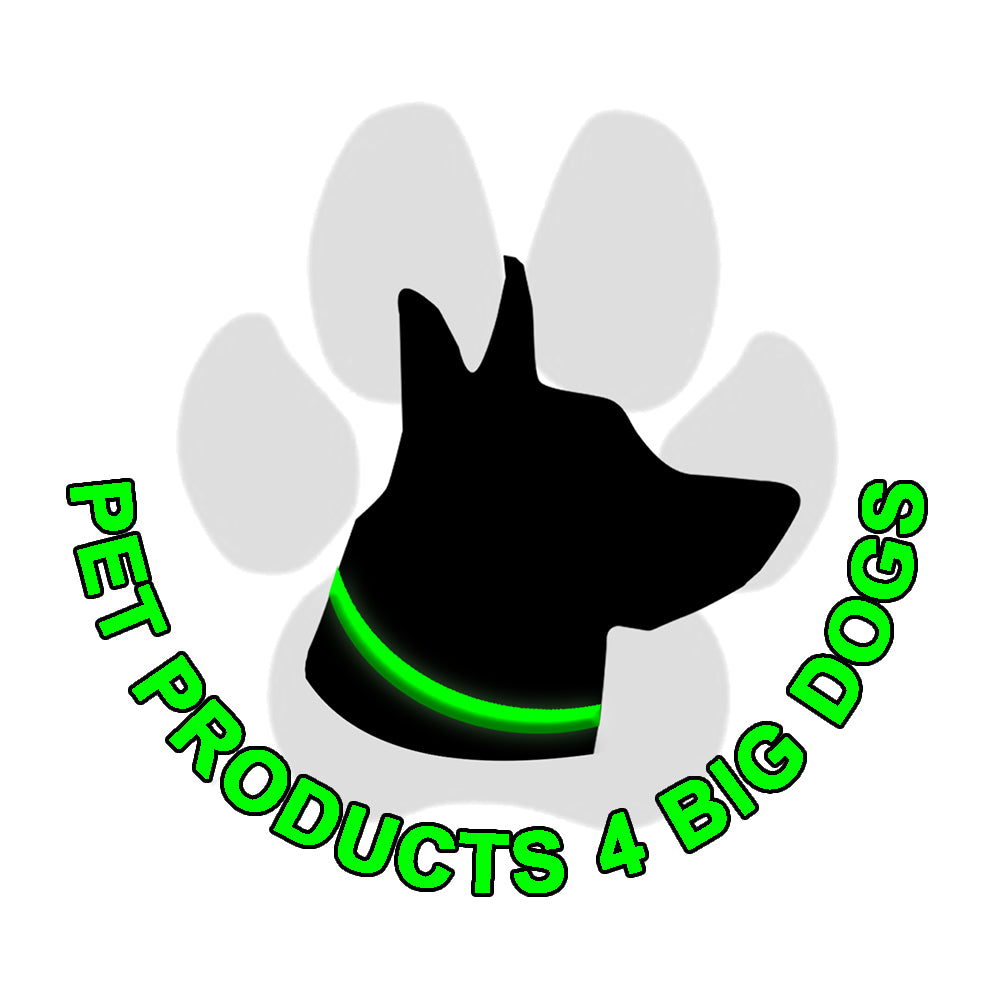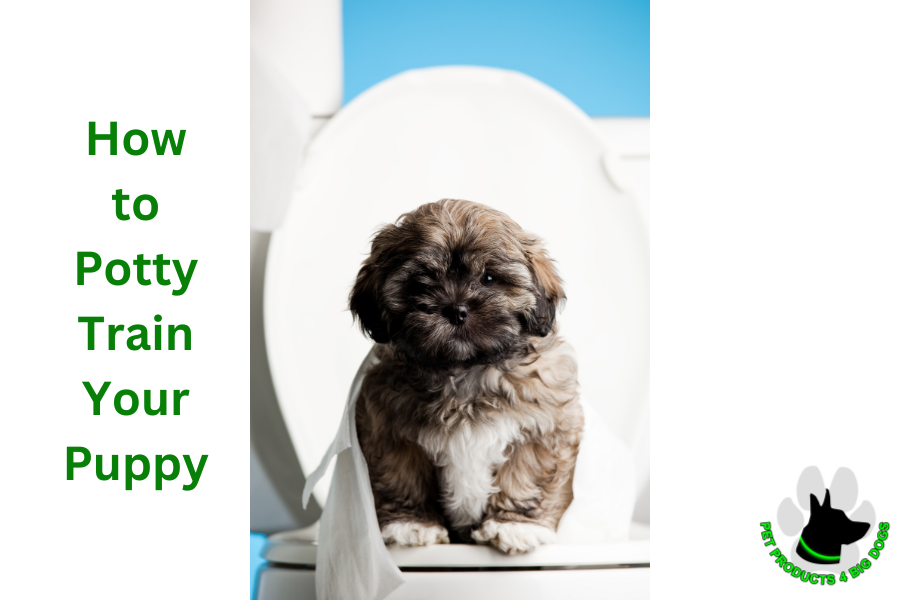Bringing a puppy into your house is exciting and very rewarding. However, one aspect of puppy ownership that can be a bit daunting or frustrating is potty training. It’s important to establish good habits super early on to set your puppy up for success in the long run. In this article, we will explore the process of potty training your puppy and whether there are any differences between small and large breed dogs.
Potty Area Set-up
The first step in potty training your puppy is to set up a designated potty area. This could be a specific spot in your backyard or a smaller area or courtyard if you’ve got a smaller breed dog, or your puppy is exceedingly young. It should be easily accessible and away from high traffic areas in your home. Make sure to keep the area clean and free of any obstacles that may distract your puppy and not the place where all the toys are sitting – another big distraction. You’re out there for one thing only.
Consistent Routine
Next, establish a consistent routine for your puppy. Puppies have small bladders and will need to relieve themselves more frequently. Take your furry friend to the specific potty area at regular intervals like after meals, playtime, and naps. Also, be sure to take them out first thing in the morning and right before bed. The younger (or smaller) they are, the more frequent those visits.
Use of Key Phrase to Command and Positive Reinforcement
When bringing your puppy to the potty area, use a key phrase such as "go potty" to associate the action with a specific command. I use “go piddies” and a friend uses “wee wee”. It doesn’t really matter, as long as you’re consistent. You can also use a specific cue word to praise them when they successfully do their business, like “Yes!” in a very positive way. Consistency is key in reinforcing these associations.
And when there is an accident?
No matter the size of your furry friend, consistency and positive reinforcement are essential in potty training. Puppies thrive on routine, so be patient and understanding and know that accidents will happen. Personally, I’ve found colder days, nights, rainy days or me being out, are often the times that accidents happen a little more. If an accident does happen; take a breath and avoid punishment, rubbishing their faces in it – negativity of any kind. If you get annoyed or negative you will just go backwards. It does neither of you a favour. Just be neutral and clean up. I usually have a spray bottle with vinegar and paper towels handy and just wipe up. The idea of vinegar is to remove the odour, so that they don’t think of that spot as ok to go, and you don’t smell urine either in your home.
Potty Breaks
As your puppy becomes more comfortable with the potty training routine, you can gradually extend the duration between potty breaks. However, it's important to remember that puppies still have limited bladder control until they are several months old. Be prepared for occasional setbacks and continue to provide plenty of opportunities for your puppy to succeed.
Hydration, Cues, and Indoor Supervision
In addition to establishing a routine, there are a few other tips that can aid in the potty training process. Firstly, monitor your puppy's water intake. Use the proper size of bowls. While it's important to keep them hydrated, limiting water intake a couple of hours before bedtime to help minimise accidents during the night. If you can, crating your puppy at night is wonderful. They rarely will go in their bed and a crate can be a safe and comfortable place to sleep as long as it’s not used as punishment. Secondly, keep an eye out for signs that your puppy needs to go, such as sniffing or circling. By recognising these cues and acting promptly, you can reduce the chances of accidents. Sometimes they just forget where the door is so some encouragement might work a treat. Lastly, supervise your puppy closely when indoors, especially during the initial stages of potty training, using a baby gate or animal fencing you can get from Kmart. I also like to screen off carpet areas; just to avoid those extra accidents; it’s so much easier to clean up tiles and keep the carpet for times when you can really watch.
Doggy Doors
These are fantastic and you’d be surprised how quickly they learn to use them. I’ve had pups use them from 9 weeks of age. I might have to write a blog on the subject …. they really are great and teaching your pup to use them is a real handy blessing that really helps in the potty training process. You’d be surprised just how quickly a puppy can learn how to use the doggy door!
Small vs. Large Potty Training
So you’re wondering perhaps if the process is different for small and large breed dogs? When it comes to potty training, the size of your furry friend can make a big difference. Small and large dogs have different needs and abilities, so it's important to approach their potty training differently.
Firstly, small dogs have smaller bladders resulting to weaker bladder control as compared to their larger counterparts. They need to be taken out more frequently to avoid accidents inside the house.
Secondly, small dogs might find it easier to get lost in large outdoor spaces. This can make it harder for them to find a specific spot for potty time. Or perhaps you’ve a big dog breed, but a very large back yard. Be mindful of the area and how they might feel in a large area; especially at night. Toileting won’t occur if they are stressed or scared.
Puppy Pads?
Personally, I’m not a fan of these. If you’re in an apartment block and getting downstairs quickly is an issue, then I get it, but in most Aussie homes, we can get outside pretty quickly. Personally, I think puppy pads confuse the issue and the puppy. Quite simply, you go outside to wee and how does a puppy know the difference between a pad and your door mat, or your carpet? Especially big dogs, let’s just show them outside and teach them right from day one. : )
So long and short of it, set up great routines from day one. Take them out to toilet consistently and regular intervals and especially after sleep, a meal, a big drink or play or if it’s about time. Have positive messaging when they get it right and if they ‘slip’ then please avoid the growls, reprimands and ‘bad boy!’. Just clean up and move on. Rousing on them will just set them backwards and make it harder for them to learn and improve. Plus, it leaves you feeling angry and cranky. A puppy is about having fun, building a relationship with your next best fur-friend and being happy. Enjoy! 😊

